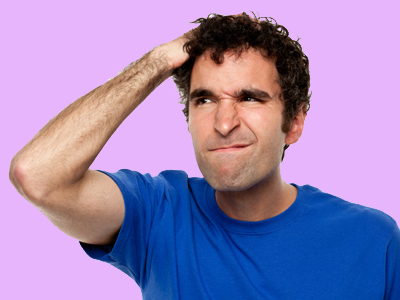
Ask the AI Tutor
Need help with Letter Writing (Formal) 01? Ask our AI Tutor!
AI Tutor - Lucy
Connecting with Tutor...
Please wait while we establish connection

A formal letter should state the reason for writing in the first paragraph so that the recipient is not confused.
Letter Writing (Formal) 01
Master formal letters for KS3 English: set out addresses, use clear paragraphs, and choose polite openings and endings to suit purpose and audience.
1 .
Which information is used at the top right of the letter?
Date
Recipient name and address
Salutation
Sender address
Remember "salutation" is the greeting you use
2 .
Which information follows the sender's address?
Date
Recipient name and address
Salutation
Sender address
The date is placed underneath the sender address
3 .
How should the date be written in a formal letter?
In numbers but with the month as a word
In numbers only
In words but with the month as a number
In words only
"24th July 2023" is correct
4 .
What is on the left of the page and level with the date?
Recipient name and address
Salutation
Sender address
Valediction
"Recipient" means the person to whom you are writing
5 .
What is written below the recipient's address?
Recipient name
Salutation
Valediction
Your (sender) name
"Dear Sir/Madam" or "Dear Seamus" are examples of salutations
6 .
What might you include next in your letter?
A reference to show your reason for writing
A title, e.g. "A letter of complaint to the bank"
Your (sender) name
Your reason for writing
If writing for a job, you might use "Re: Position of Saturday Assistant". This would be similar to the subject line of an email
7 .
What should your first paragraph state?
A reference to show your reason for writing
Tasks for the recipient to carry out
What you wish to happen next
Your reason for writing
Your opening lines say why you are writing the letter
8 .
Which term describes the middle of a letter?
Body
Ending
Head
Opening
The body of the letter explains your purpose in detail
9 .
The concluding paragraph states .......
A farewell
A greeting
What has already happened
What you wish to happen next
End with "Yours faithfully" or "Yours sincerely"
10 .
At the very end of the letter you need to .......
Print the recipient's name
Print your name
Sign and print your name
Sign your name
Sign the letter then print your name below
**Unlimited Quizzes Await You! 🚀**
Hey there, quiz champ! 🌟 You've already tackled today's free questions.
Ready for more?
Ready for more?
🔓 Unlock UNLIMITED Quizzes and challenge yourself every day. But that's
not all...
not all...
🔥 As a Subscriber you can join our thrilling "Daily Streak" against other
quizzers. Try to win a coveted spot on our Hall of Fame Page.
quizzers. Try to win a coveted spot on our Hall of Fame Page.
Don't miss out! Join us now and keep the fun rolling. 🎉
**Unlimited Quizzes Await You! 🚀**
Hey there, quiz champ! 🌟 You've already tackled today's free questions. Ready for more?
🔓 Unlock UNLIMITED Quizzes and challenge yourself every day. But that's not all...
🔥 As a Subscriber you can join our thrilling "Daily Streak" against other quizzers. Try to win a coveted spot on our Hall of Fame Page.
Don't miss out! Join us now and keep the fun rolling. 🎉






